The Wellbeing Curriculum 2015
After Attending the Child Internet Summit I was inspired to develop a new curriculum to replace our PHSE and Citizenship curriculums. I wanted to move the focus for online safety away from computing and ensure that whilst it is threaded throughout the curriculum there was an area we could focus on online issues in a cohesive manner. So when we are talking about bullying, online bullying is naturally there. When we are talking about being a citizen, the global nature of our networks is explicit.
Our students have Autism and communication difficulties. There has been a view in the past by all that this means that issues don’t affect them, they are non-readers, they are constantly monitored. NO! This is exactly what makes our young people so vulnerable. This damaging and limiting myth that youtube is just used for watching Thomas the Tank Engine videos has been dispelled time and again. If you work with a student who does this listen to the sound are you sure the narration hasn’t been dubbed? What are those links that pop up over the video?
The importance of acknowledging how vulnerable this makes our young people needs to be reinforced to everyone working with the child. It is not just a safeguarding issue, it is a quality of life issue. Online and Offline safety are not different, bullying and cyberbullying are not different behaviours. The impact of not educating about this is potentially life threatening.
So below is my Rationale and first draft of the curriculum I have designed. Generally we state when each topic is taught eg Term 1: Bullying. Term 2: Safe Passwords. If you haven’t grasped that in 6 weeks well you had your chance.
Special education should not be about covering content, it should be embedding skills, functional skills and the ability to apply them. This takes practice and repetition so it is up to the teacher how and when they teach each objective, how and when they revisit or reinforce it. Individual learning objectives are the norm in planning. We have small classes and its not unusual for students to be working on different activities at different speeds.
The Wellbeing Curriculum 2015
The Focus of the wellbeing curriculum is developing our student’s spiritual, moral, social, cultural, and emotional skills. Communication skills and the modelling of expected behaviour are threaded throughout the Key Stage 4 curriculum.
The Student’s safety and welfare is paramount, this will be enhanced through:
Promoting equalities and tolerance, challenging discrimination and bullying wherever it occurs, giving students the skills needed to Effectively Contribute to promoting cultural awareness, preparing students to be Responsible members of their communities, helping pupils to be Independent, healthy, and safe, equipping them with the Confidence to prevent extremism, exploitation and other negative behaviours.
The Curriculum will:
Offer repeated opportunities for students to reflect on their own beliefs and experiences.
Explicitly outline right and wrong behaviour, with student’s views and contributions appreciated.
Create chances for participation in social and cultural activities within the local and global community.
Encourage cooperation with peers, respect for and the celebration of differences.
Develop the resilience and confidence required to deal with challenging situations online and offline.
Motivate students to develop a coherent self-awareness and identity to ensure successful inclusion in wider social networks.
Any feedback greatly appreciated! Before September hopefully!
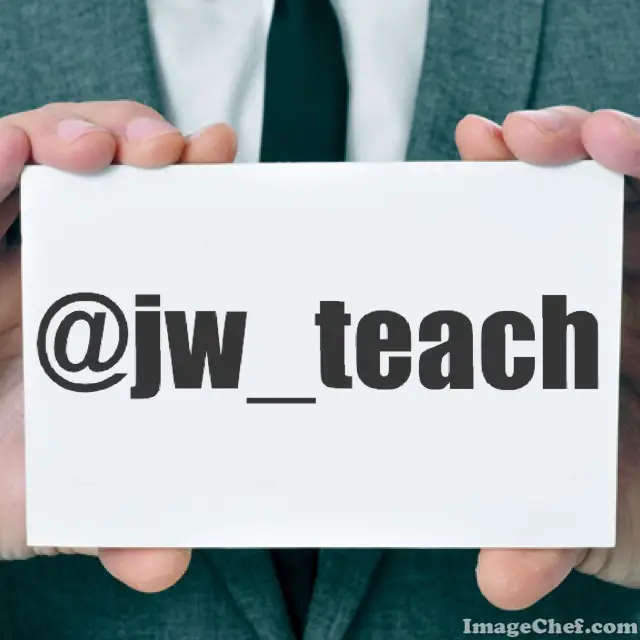

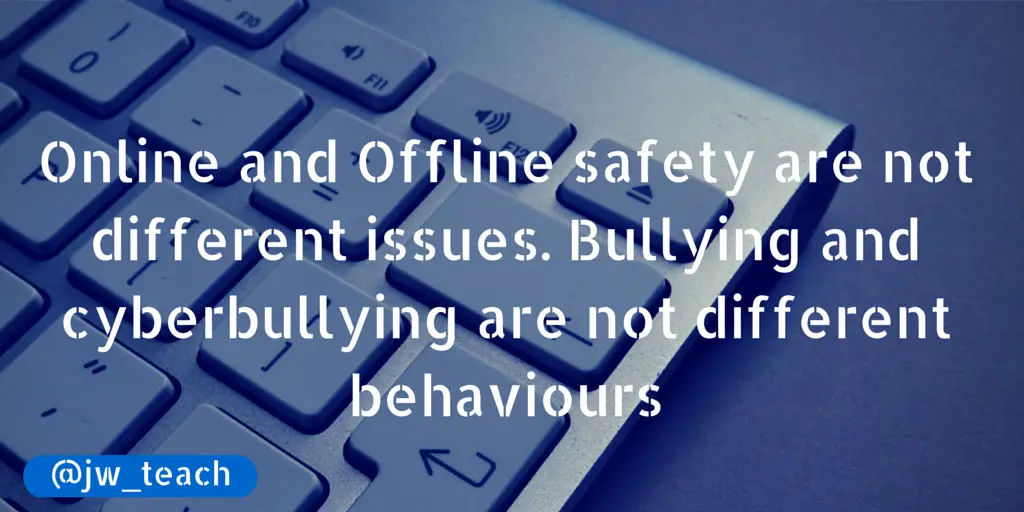

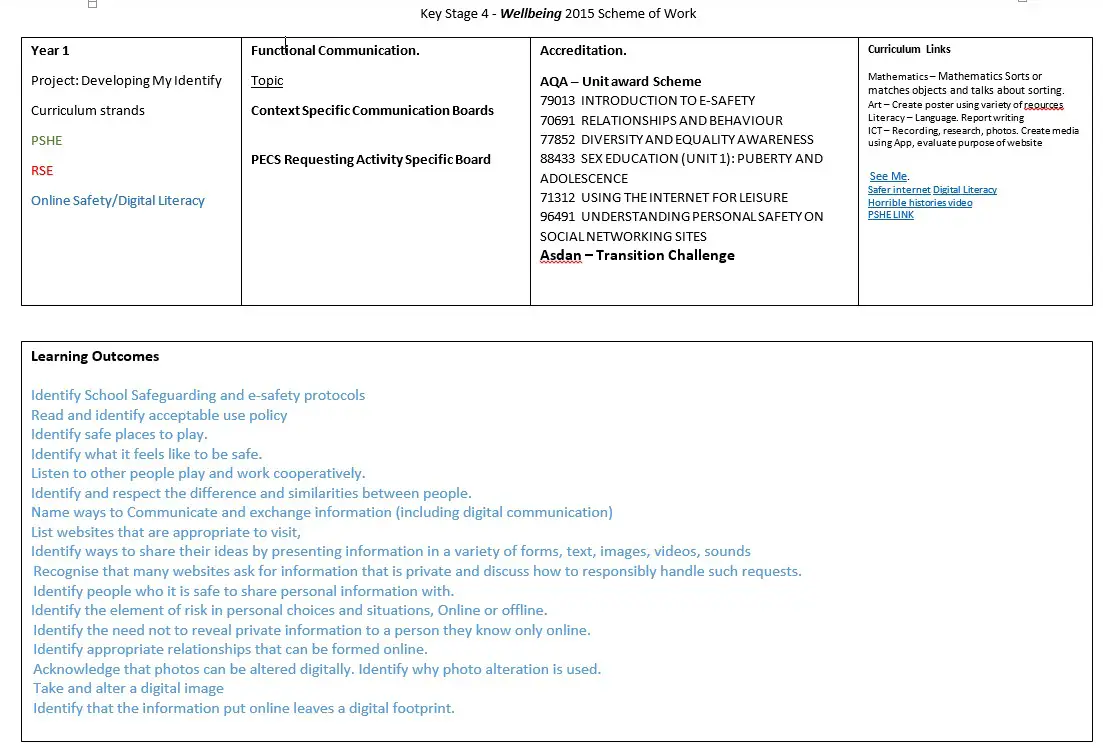


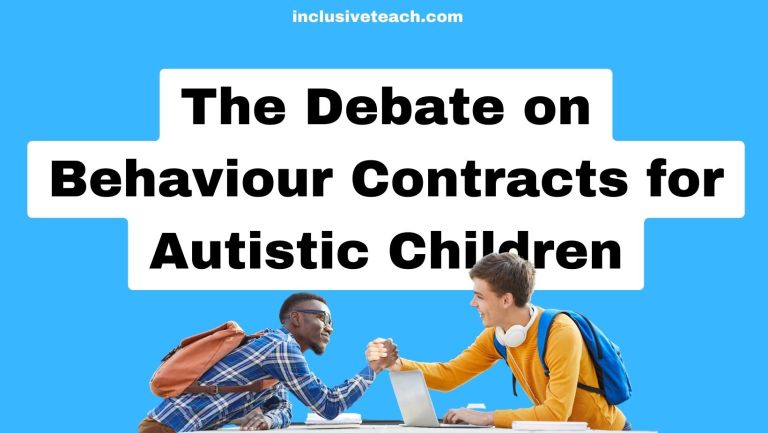
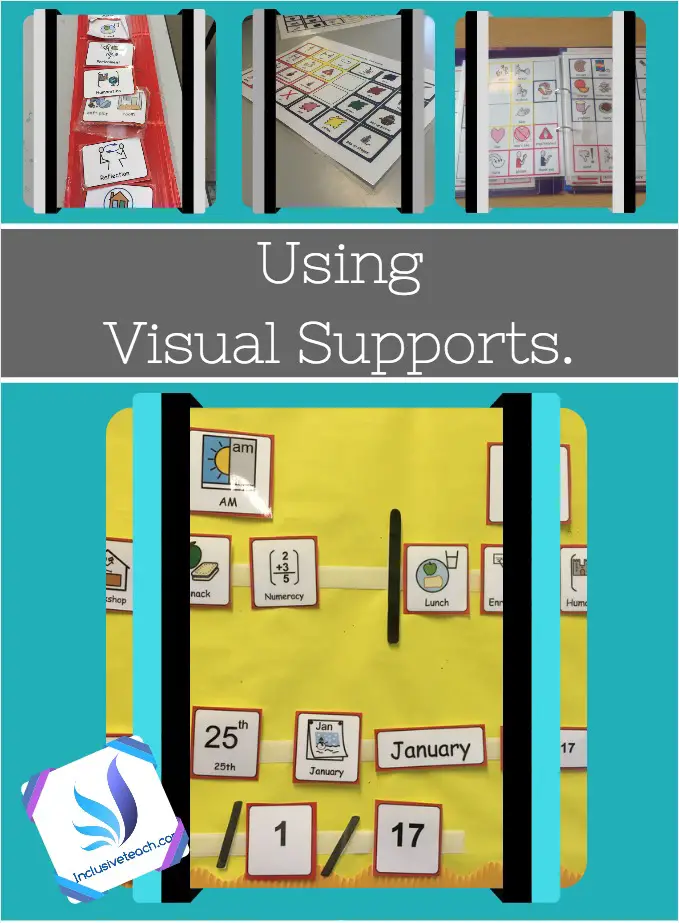
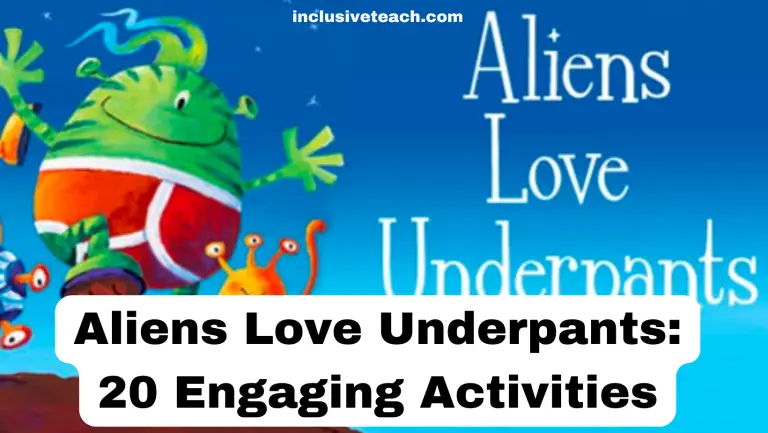
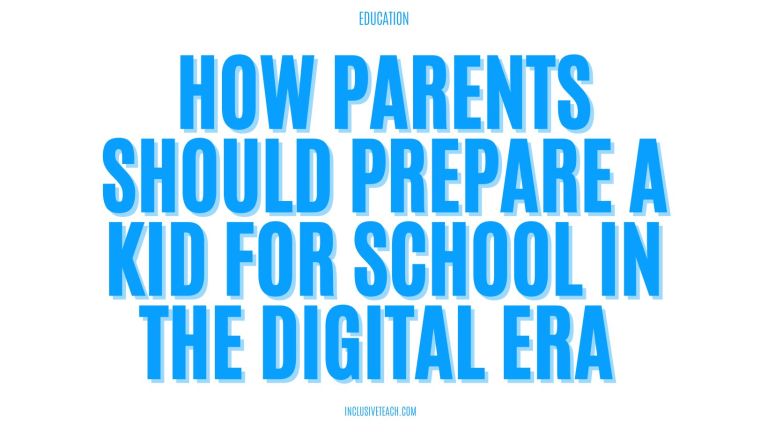
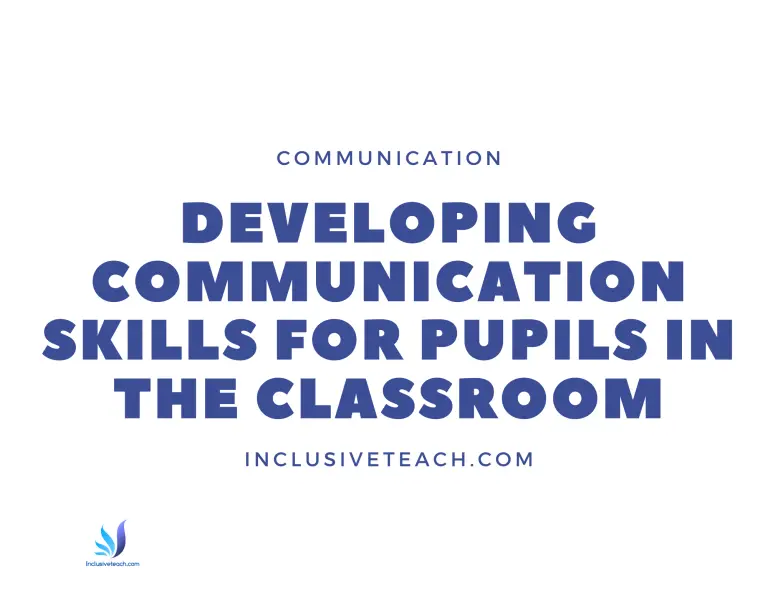
Completely agree with what you’re doing here. Being online is a part of life and I think some of the issues that arise do so because people sometimes act differently online than they would in “real life”. Go the Wellbeing Curriculum!
Thank you so much for the feedback!
Your Wellbeing curriculum is a model for all.
I often say that what is called “special” education is often a model for all education .. the way the best teachers accommodate the learner and make great use of real world scenarios – embedding education in real world projects.
In a sense “special” education is at the heart of inclusive learning and sets a wonderful example.
Check out my interview with David Loughrey https://www.youtube.com/watch?v=QOzy-6-MY9A
and his work with the Gate House Aspbergers unit https://www.youtube.com/watch?v=xjfF8-LADrk
In terms of safeguarding – I gave a talk to CILIP a few years ago called “eSafety for Rapunzel” – it made the same point as you are making – on-line safety should be treated the same as everything else and in fact we need to teach skills for learners to stay safe lifelong and lifewide – schools often prefer to ignore the issues of esafety and rely on filters to keep the real world out of school … but like Rapunzel, these learners are then unprepared for the real world outside the walls of the education system.
Martin King . inspireNshare
thank you for your comments I will check the video,
Reblogged this on Learning to be well together – a PhD journey and commented:
Interesting thoughts on a wellbeing curriculum from Kent.
Hi Joe, it’s Lynn McCann (@ReachoutASC),
Have you read the TEACCH Report on SRE for Autisitic students? http://www.autismuk.com/?page_id=1307 – It has a great structure to it which I have incorporated into my Puberty, SRE and Autism course, and in the actual lessons I teach in a number of schools. There is also a brilliant resource from NHS Leeds, downloadable free online at http://www.leedscommunityhealthcare.nhs.uk/document.php?o=328.
Look forward to seeing how you get on with this project.
Great thanks, will have a look!